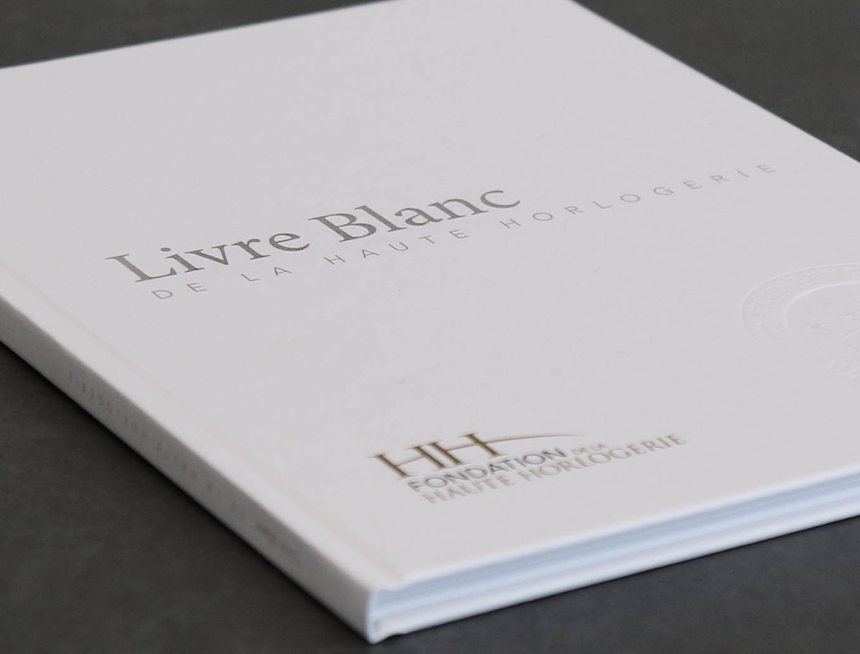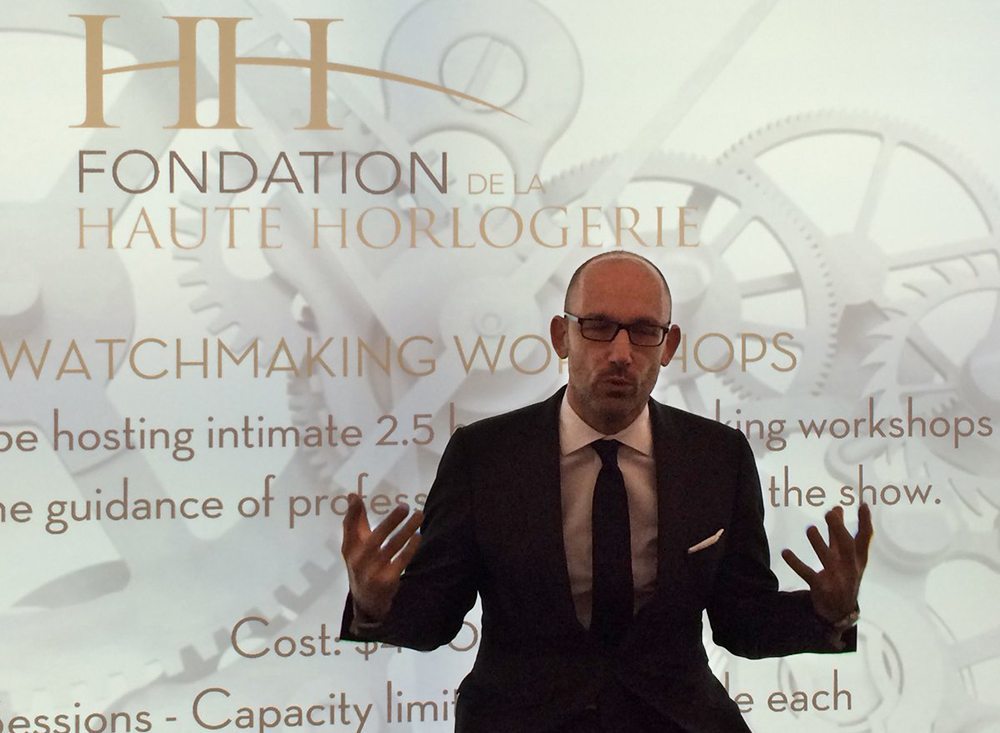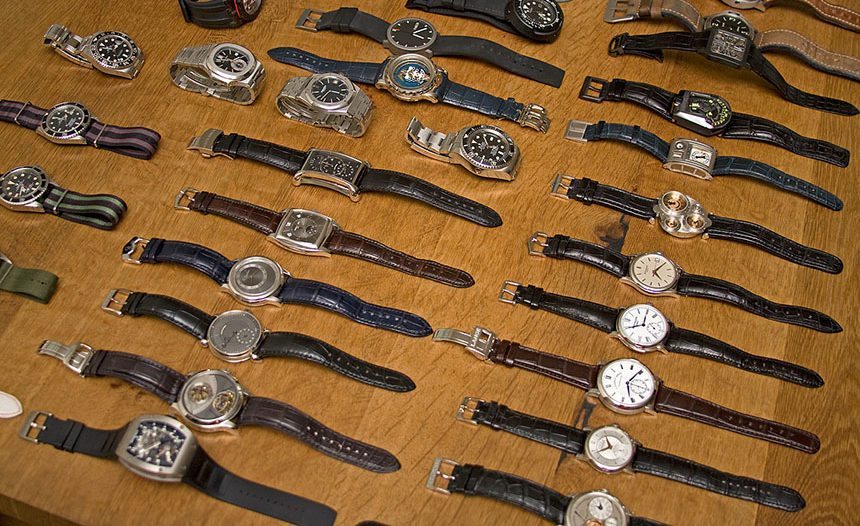My only remarks to Mr. Ravessoud and Mr. Cologni were that due to the opacity of the watchmaking industry some facts are difficult to know: e.g., how can you exactly know the provenance of a watch movement and rate it as an in-house movement when so many collaborations between the watch brands and “motorists” exist.
My other remark was that a criteria being triggered by the use of precious metals, gem-setting, or special alloys was not quite accurate, as, for example, Richard Mille is definitely making haute horlogerie even when he makes his cases in polymer material.
R&D, production, and technical expertise
In this field, eight evaluation criteria were used, from range of quality to the quality of finishing of the movements. The movements are, of course, more highly valued if they are designed and produced in-house, but a luxury or contemporary brand can satisfy the criteria by having exclusive movements developed by specialized third-party ateliers such as Chronode or Agenhor. A lot of attention is also given to the quality of finishing (chamfering, polishing, satin brushing).
Another aspect is the technical innovation brought with the movements and if they’re certified by an official authority such as COSC, Poinçon de Genève, Qualité Fleurier, etc.
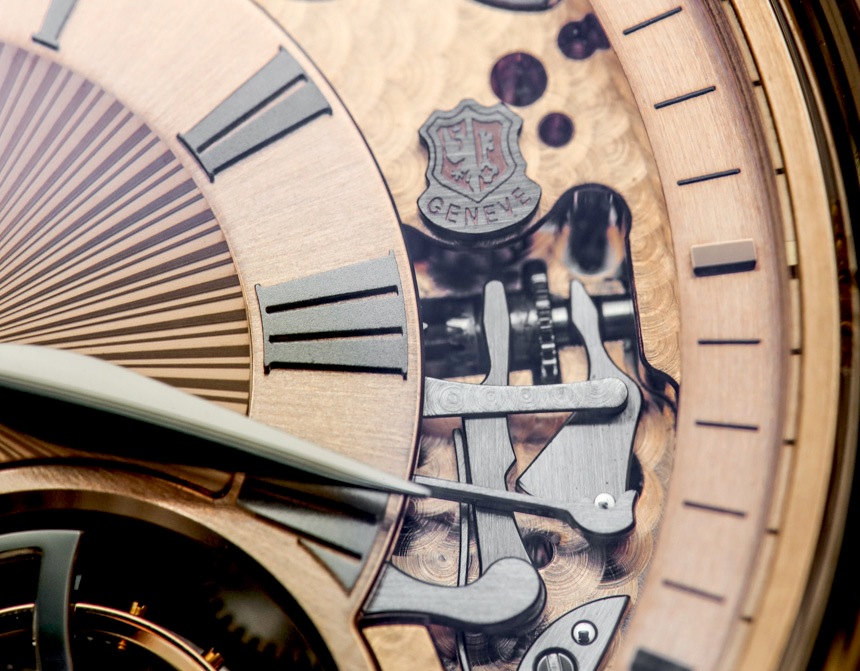
For the so-called external parts such as dials, cases, etc., the credits are given according to the percentage of in-house designed and/or developed parts.
My opinion:
I would only consider movements with a 100% in-house R&D including the escapement, at least for the so-called Historic Maisons and Artisans-Creators. But that would probably reduce the list to fewer than 35 names.
Style, design, and artistic expertise
This is probably the most subjective part of the whole evaluation because it includes criteria ranging from original product design to the use of métiers d’art (what is the exact definition here?), new designs, and techniques.
My opinion:
The four criteria are, of course, mostly very subjective, but the idea is probably to ascertain if certain codes of fine watchmaking design are respected. It is a wide field when you want to compare an Urwerk with a Calatrava from Patek Philippe.
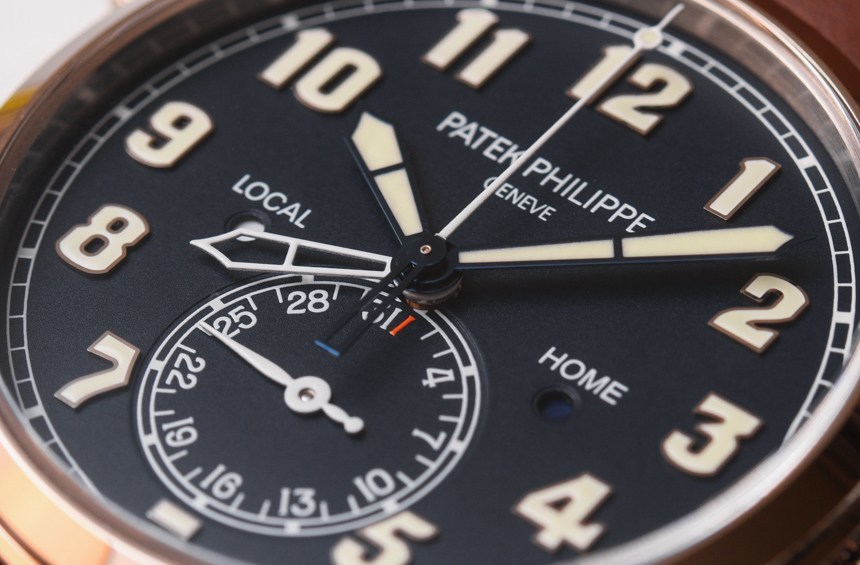
History and DNA
The FHH was clever enough to introduce two different sets for this evaluation: one for the Historic Maisons where the three criteria go from “authentic and uninterrupted history,” to the respect of the founder’s spirit, to the conservation strategy (heritage collection and archives).
For the contemporary brands, the three criteria range from developing and documenting their own history, the will to “progress in watchmaking,” and the will to start their heritage and their archives.
My opinion:
This is the domain where I can’t agree with some of the criteria, such as the uninterrupted history. Everyone knows that a brand living through centuries may one day stop producing due to external events, such as wars, etc. Is Panerai less a historical brand than Piaget? Yes, if we look at the interruption of their production; no, if we look at their heritage. And the second criteria not being applied to the Historic Maisons “established with the will to contribute to progress in watchmaking.” Well, I wish that some of the so-called “manufactures” would dare to do as much as the Artisans-Creators do with their limited capabilities in terms of finance, R&D, etc.
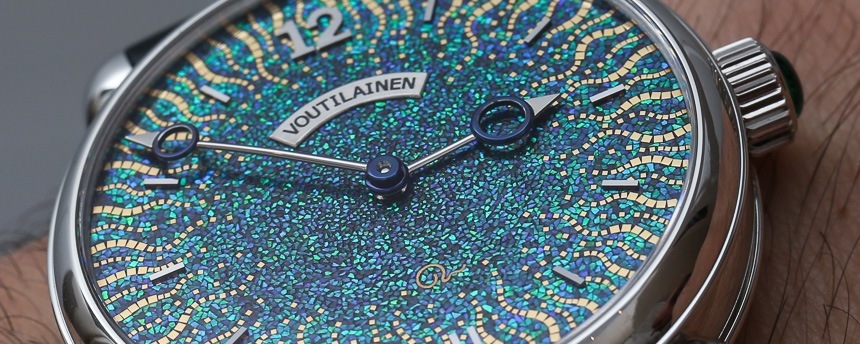
Distribution and after-sales service
This is, of course, the most crucial point for any client of fine watchmaking. The three criteria relate to the quality of the retailers, the quality of the after-sales service (waiting time and cost when I have to service or repair my watch), and the selectiveness of the distribution and the pricing policy.
My opinion:
One important point is missing here: the online sales! We all know that distribution is undergoing a tremendous change from a totally outdated multi-brand retailer with as many as 20 brands in a single shop, to both mono-brand boutiques and online sales.
All major brands, independent or affiliated with a luxury group, have integrated their wholesale business in the last 20-25 years; the days of independent distributors (wholesalers) are over, for sure, for any established brand. The next war going on is the qualitative reduction of the number of POS needed around the world. Any brand today tries to reduce and switch from multi-brand to mono-brand stores for a better control of the brand’s image, higher margins, and better inventory control globally.
On top of that, we have a major trend coming up with the hybrid model of the digital + brick-and-mortar business model linked to digital sales. The web site is the window, and the showroom is the replacement for the traditional retailer.
Connoisseurs and
Collectors
This is probably the most relevant point by which to judge a brand: how is it perceived by the collector community? What are the prices for the historical timepieces and the contemporary pieces at auctions? And most importantly: what is the resale value after 10 years excluding the auctions.
My opinion:
Who other than the potential buyers can give a value to express the goodwill linked to a brand and its products? Excellent way of giving you the buyers and aspirational buyers the power of rating.
Brand image and communication
The first four criteria evaluate the brand’s esteem, the product identity (might be redundant with the set of criteria listed on the design), the digital presence, and the corporate ethics.
Training
The other three criteria are linked to the training of the sales staff and the technical staff.
My opinion:
I couldn’t agree more on evaluating the brand’s efforts to have their products presented and serviced in a professional and appropriate manner. Most of the institutional brands have achieved big improvements in this field in the last 10 years, knowing that it is a sensitive area.
In conclusion, my feeling is that a tremendous amount of work has been done by the FHH and the cultural council members (all of them worked pro bono!). As Mr. Cologni said to me at the end of our meeting, it is an ongoing process, and it will improve with each new version to be released every two or three years.
The idea was not to make the Gault & Millau or Parker’s of fine watchmaking with a ranking, but to clearly define haute horlogerie and have an independent jury decide who was to become a member of this elite league.
The killjoys won’t be happy because their favorite brand is not included, and I asked the secretary of the steering committee – Mr. Ravessoud – why in fact one specific brand had made it and another one not. I must say, in one case, the reason for the non-admission was questionable, but for all the other cases I could agree with them that some brands have some homework to do before they can pretend to be part of the haute horlogerie.
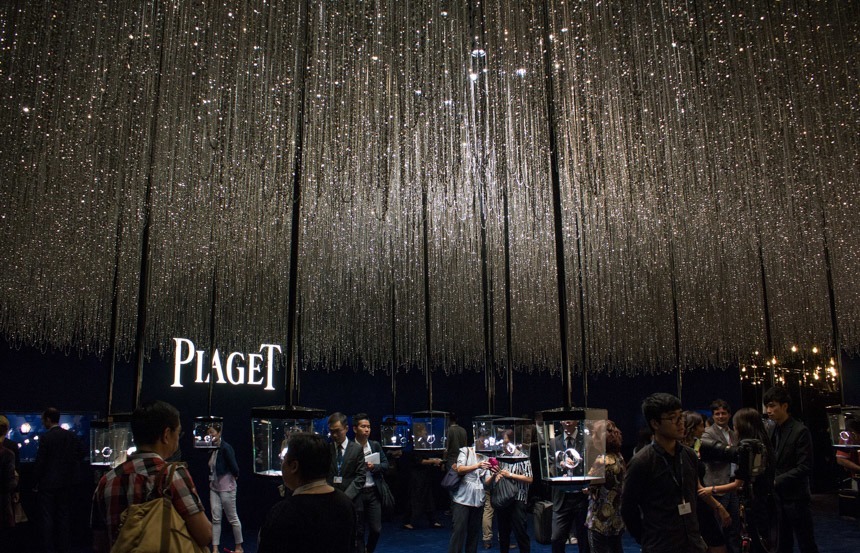
I would definitely credit the FHH with the merit of giving the consumers a clear definition and using a transparent method to evaluate the candidates. Watch collectors get a label in which they can trust, as it is an independent organization managing the whole process. Two thirds of the brands admitted into this first selection are not part of the FHH, and that should be enough of a proof of independence.
Time will tell if the FHH manages to communicate to the clients of fine watchmaking how important it is to work on transparency and respect tradition, knowledge, and artisanship defined on commonly understandable criteria.
We have seen in the past a few examples of “quality” labels or hallmarks fail, not because they are not well-thought-of, but because the consumers wouldn’t understand what they are about.
My guess and wish for the sake of the future of fine watchmaking is that the client of a timepiece manufactured with the codes of “haute horlogerie” will appreciate the list as a trustworthy indicator.
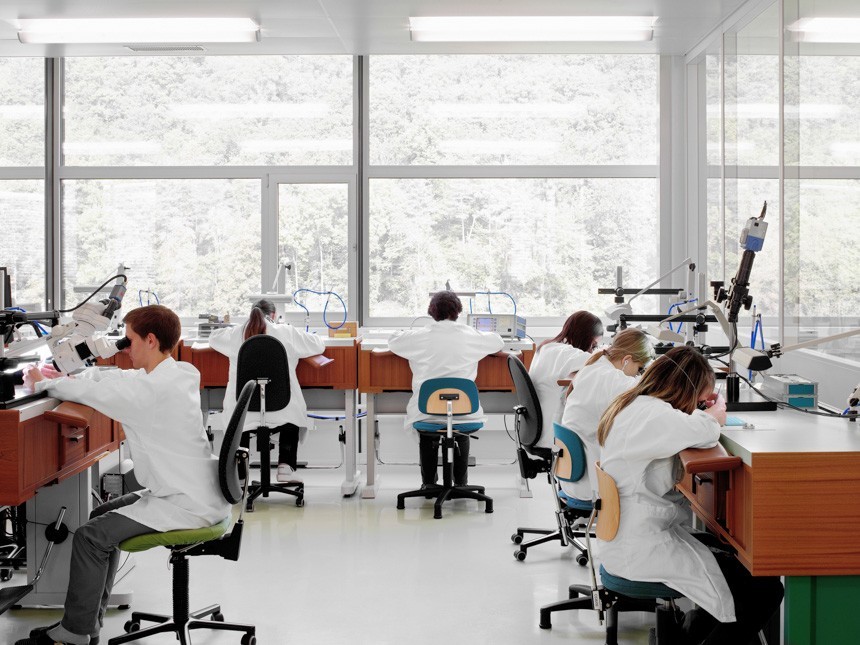
The 64 brands which entered the list of haute horlogerie established by the FHH:
Historic maisons
A. Lange & Söhne, Audemars Piguet, Blancpain, Bovet Fleurier, Breguet, Breitling, Bulgari, Cartier, Chopard, Girard Perregaux, Glashütte Original, H. Moser & Cie, Harry Winston, IWC, Jaeger-LeCoultre, Jaquet Droz, Officine Panerai, Omega, Patek Philippe, Piaget, Rolex, TAG Heuer, Ulysse Nardin, Vacheron Constantin, Van Cleef & Arpels, Zenith.
Contemporary brands
Armin Strom, Ateliers Louis Moinet, Cabestan, Christophe Claret, De Bethune, De Witt, FP Journe, Greubel Forsey, Hautlence, Hublot, HYT, Laurent Ferrier, Maîtres du Temps, MB&F, MCT, Parmigiani, Ressence, Richard Mille, Roger Dubuis, Romain Gauthier, Romain Jerome, Speake Marin, Urwerk.
Luxury brands
Chanel, Hermès, Louis Vuitton, Montblanc.
Artisan watchmakers
Andreas Strehler, Antoine Preziuso, Beat Haldimann, Christiaan Van des Klaauw, Grönefeld, Kari Voutilainen, Philippe Dufour, Roger W. Smith, Sarpaneva, Thomas Prescher, Vianney Halter.
He is now advising startups and investors and sits on the advisory board of watchxchange.london, an online platform for vintage and second-hand watches. He also collaborates with some independent master watchmakers he admires and respects.

